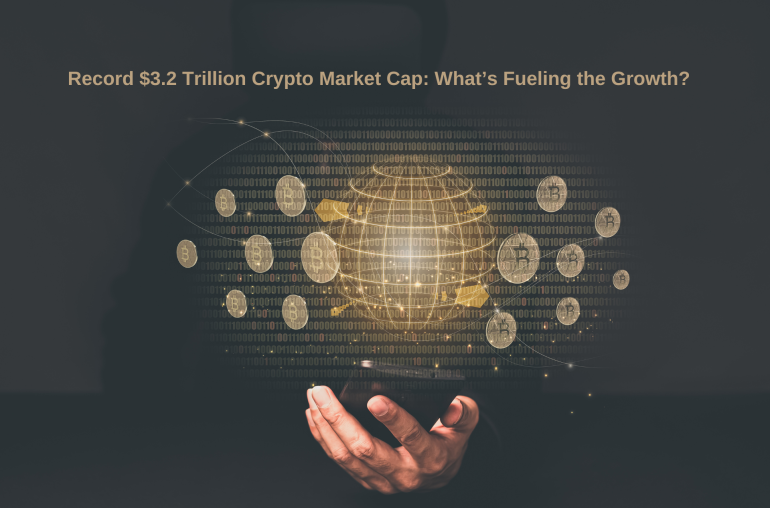
-
Gold has had an abysmal start to 2021, despite rising inflation expectations fueling gold’s alleged role as a hedge against inflation
-
Historical data and the availability of alternatives suggest that gold’s value as a hedge against inflation may be exaggerated
Rising government bond yields are upending everything from tech stocks to Bitcoin, and despite a surge in commodity prices linked to improving economic conditions, gold has been left out of the party.
Unlike other metals such as copper and platinum, gold has limited industrial uses and is primarily employed in a portfolio as a hedge against inflation or a safe haven.
Yet given that investors are pricing in higher levels of inflation, as evidenced by soaring bond yields, shouldn’t that feed well into gold’s narrative?
Not exactly.
Investors are instead rotating out of gold and into risk assets such as cyclical stocks, or stocks which are generally more exposed to the economy.
As expectations of an economic recovery mount, with effective coronavirus vaccines providing confidence that those sectors which languished during the long year of lockdowns will recover sharply, investors are dumping safe haven assets including gold.
The other reason that gold has lost its shine is that its alleged ability to hedge against inflation has always been circumspect at best.
Investors have many options to hedge against inflation risk, from inflation swaps to Treasury Inflation-Protected Securities.
If an investor wanted to protect against inflation, why not just take the straightforward route instead of going around in circles with gold?
And historically, tracking the performance of gold against periods of high inflation in the U.S. has shown that its rise with a rise in inflation has been inconsistent, with no clear correlation.
The rise of alternatives such as Bitcoin hasn’t helped gold’s case either – with flows out of gold-backed ETFs last year tracking closely with inflows into Grayscale Bitcoin Trust.



